How to Ensure the Long-term Integrity of Subsea Wells
Subsea wells are vital to the oil and gas industry, facilitating the extraction of hydrocarbons from beneath the seabed. However, the harsh underwater environment, coupled with complex operational challenges, can compromise well integrity over time. To mitigate these risks and ensure the long-term success of subsea operations, the industry has developed comprehensive strategies and technologies used to ensure the integrity of subsea wells throughout their lifecycle, focused on monitoring, maintenance, simulations, and advanced technologies.
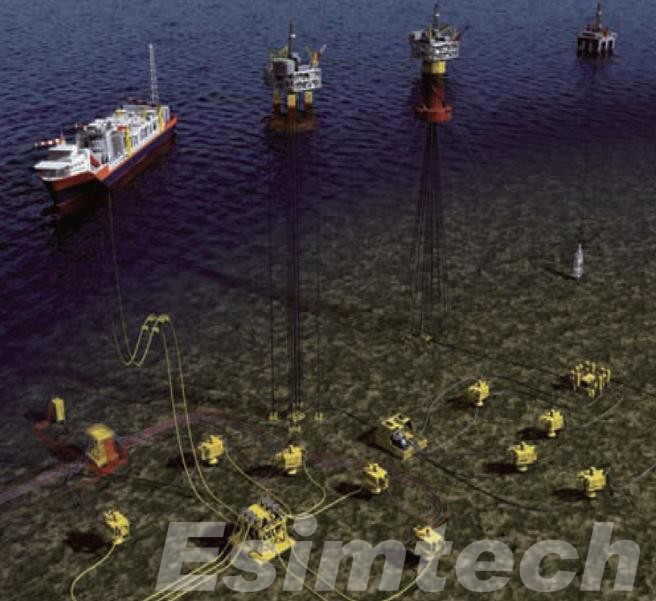
Key Strategies to Ensure the Long-term Integrity of Subsea Wells
1. Comprehensive Design and Engineering
The foundation for long-term well integrity begins with robust subsea design and engineering practices. During the design phase, the following factors must be prioritized:
Material Selection: Choosing corrosion-resistant materials for the casing, tubing, and wellhead is essential. Since subsea wells are exposed to aggressive environments like high pressure, temperature extremes, and corrosive fluids, materials such as stainless steel or specialized alloys are often used to enhance resistance to these factors.
Well Construction Techniques: Proper well construction ensures a secure seal and prevents fluid migration. Attention to wellbore design, casing installation, and cementing practices is critical for achieving long-lasting integrity. Ensuring that the well is built with sufficient pressure and temperature ratings for the expected conditions is vital.
2. Advanced Monitoring and Surveillance
Implementing continuous monitoring systems that track key well parameters such as pressure, temperature, and flow rates is critical for early detection of issues. Real-time data from sensors installed in the well can help identify anomalies that might signal a breach or failure in the well structure. This enables operators to take preventive actions before the issue escalates. Additionally, using advanced downhole monitoring tools, such as pressure gauges and temperature sensors, enhances visibility into the well’s condition.
3. Regular Maintenance and Inspection
Routine inspection and maintenance programs are vital for ensuring the continued integrity of subsea wells. The management of pressure in the annular space between casing strings is crucial to prevent casing collapse. Monitoring annular pressure over time helps identify any abnormalities that could compromise well integrity. Well intervention techniques, such as wireline services or coiled tubing, are used to address issues such as casing damage, cement bond failure, or scaling. These interventions are essential for restoring well performance and extending well life.
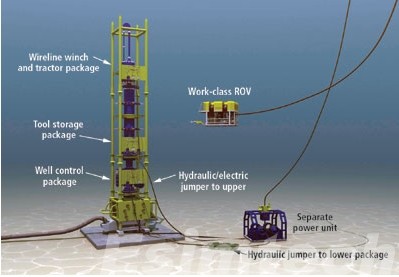
4. Use of Intelligent Well Systems
The integration of intelligent well systems offers a high degree of control and insight into subsea well operations. These systems utilize sensors, valves, and communication equipment to remotely monitor and manage well conditions. By utilizing this data, operators can optimize production, detect issues early, and remotely manage the well without the need for frequent manual interventions. Intelligent Well Systems enhance operational efficiency, improve safety, and reduce costs by enabling more precise decision-making and predictive maintenance, ultimately extending the life of the well and minimizing downtime.
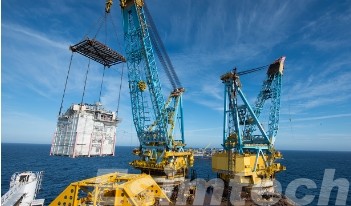
5. Effective Plug and Abandonment Practices
Proper well abandonment is as crucial as well construction. Ensuring that a subsea well is safely and securely abandoned at the end of its life cycle is essential for minimizing environmental risks and preserving the integrity of surrounding wells. Best practices for abandonment include:
Cementing and Sealing: The well must be properly cemented and sealed to prevent any leakage of hydrocarbons or other fluids after abandonment. This may involve a combination of mechanical plugs and cement barriers placed at strategic locations within the well.
Monitoring Post-Abandonment: Even after abandonment, wells should be monitored for a period to ensure no long-term integrity issues arise, such as seal degradation or gas migration.
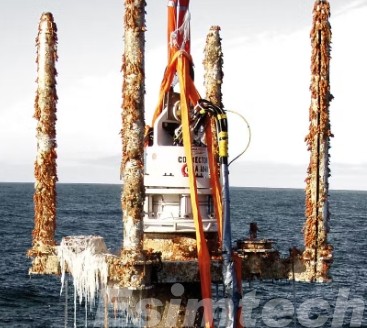
6. Incorporating Enhanced Risk Management
The risk of well integrity failure can be significantly reduced through proactive risk management. Risk assessments, including hazard identification and consequence analysis, should be conducted regularly to evaluate potential threats to well integrity. The use of probabilistic risk models helps operators understand the likelihood of various failure modes and the associated consequences.
Additionally, emergency response plans should be in place in the event of well integrity failure, ensuring that any issues are addressed swiftly to prevent catastrophic damage or environmental impact.
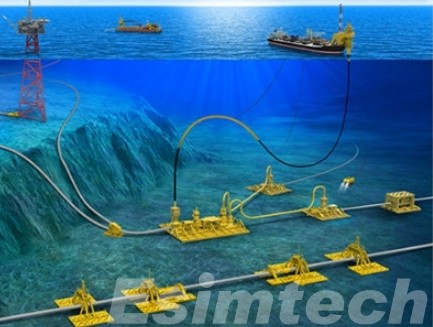
Advanced Technologies for Enhanced Integrity in Subsea Wells
1. Corrosion Management Technologies
Corrosion is one of the primary threats to subsea well integrity, and advanced technologies are being used to mitigate and manage corrosion risks more effectively:
- Corrosion-Resistant Alloys and Coatings: New materials with enhanced corrosion resistance, such as titanium-based alloys and advanced polymer coatings, are being used for well components exposed to seawater and other aggressive environments. These materials provide increased durability and reduce the frequency of repairs and replacements.
- Cathodic Protection: This technique involves the application of an electric current to counteract the corrosive effects of seawater. Subsea structures like wellheads and pipelines can be equipped with sacrificial anodes or impressed current systems to protect them from corrosion over extended periods.
- Corrosion Inhibitors: Chemical inhibitors are injected into the wellbore to reduce the rate of corrosion. Advanced formulations are more effective and environmentally friendly, offering sustained protection in harsh subsea conditions.
2. Autonomous Underwater Vehicles (AUVs) and Remotely Operated Vehicles (ROVs)
AUVs and ROVs are vital tools for subsea inspection and maintenance, providing significant advantages in terms of safety and efficiency:
- Inspection and Monitoring: AUVs equipped with high-resolution cameras, sonar systems, and other sensors can perform detailed inspections of subsea wells and infrastructure. These vehicles are used to identify potential issues such as material wear, corrosion, or physical damage to the wellhead, risers, and other equipment.
- Maintenance and Intervention: ROVs are commonly used to conduct subsea maintenance and repair tasks, such as replacing damaged seals, cleaning equipment, or replacing sensors. The ability to perform these tasks remotely reduces operational costs and eliminates the need for human divers in dangerous conditions.
- Real-Time Data Transmission: AUVs and ROVs can transmit real-time data back to surface facilities, allowing operators to assess the integrity of the well and take immediate corrective actions if necessary.
3. Subsea Well Intervention Technologies
Well interventions are essential to maintain the integrity of subsea wells over time. New subsea intervention technologies are designed to increase safety, reduce costs, and minimize downtime:
- Coiled Tubing Technology: Coiled tubing is used for a variety of interventions, including well cleaning, stimulation, and plugging. With the ability to deploy equipment without the need for a full rig setup, coiled tubing interventions can be performed faster and more cost-effectively, helping to address issues before they compromise well integrity.
- Wireline Intervention: Wireline operations are used to perform tasks like logging, pressure testing, and wellbore inspection. Advanced wireline systems, including those with higher operational depth capabilities, allow operators to conduct real-time diagnostics and implement solutions without pulling the entire well equipment out of the seabed.
- Subsea Tree Systems: Advanced subsea tree systems now incorporate remote-controlled valves, pressure monitoring, and automatic flow regulation. These systems can be adjusted from the surface to manage production and prevent excessive pressure or flow that could damage the well.
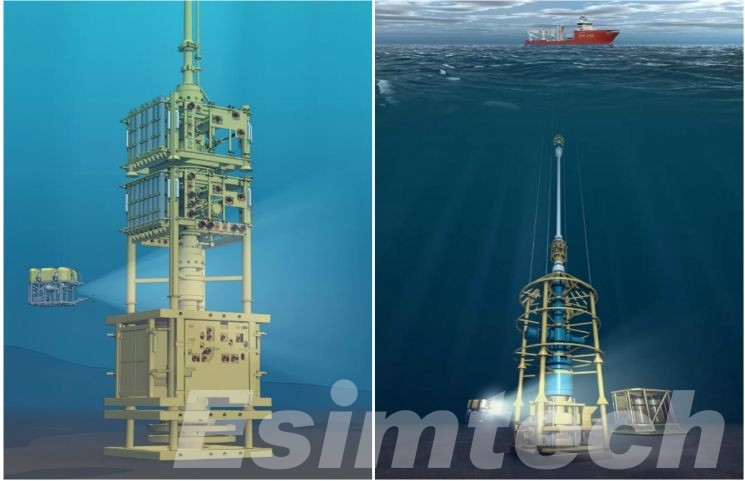
4. AI and Machine Learning for Predictive Maintenance
Artificial intelligence (AI) and machine learning (ML) are being increasingly utilized to enhance the ability to predict and prevent subsea well failures. AI algorithms analyze vast amounts of sensor data from subsea wells to identify patterns that could indicate early signs of failure. By recognizing these patterns, predictive models can forecast potential issues like equipment degradation, well integrity problems, or production drops. AI-driven decision support systems assist operators in making informed decisions about well maintenance and interventions. These systems optimize scheduling, reduce downtime, and ensure that repairs are conducted only when necessary, based on real-time data and predictive analytics.
5. Seismic and Geophysical Technologies
Understanding the geological conditions around subsea wells is essential for maintaining long-term well integrity. Advanced seismic and geophysical technologies provide insight into the reservoir and surrounding rock formations Advanced 3D seismic imaging provides detailed maps of subsurface structures, helping to identify potential issues such as fault lines, pressure pockets, or geological shifts that could affect well integrity. This technology allows for better planning and design of subsea wells and enables operators to anticipate potential challenges. Microseismic monitoring systems detect small-scale seismic events in the reservoir, which can provide insights into the behavior of fluids, pressure, and rock formations. This technology is crucial for detecting early signs of subsidence, fluid migration, or other risks that could compromise well integrity.
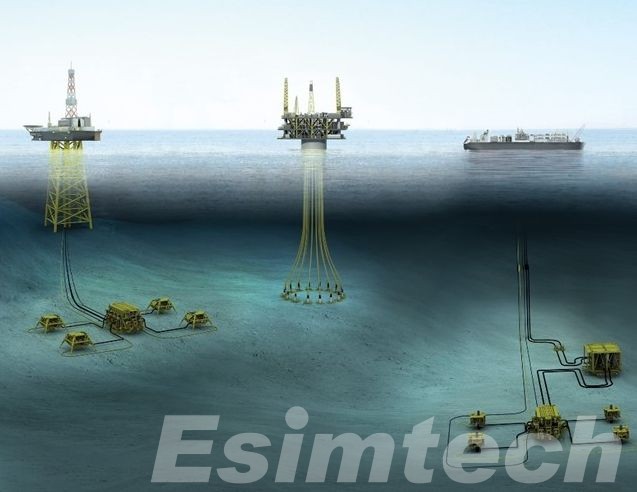
How Simulation Technologies are Used for the Long-term Integrity in Subsea Wells
This chart provides an overview of how oil and gas simulation technologies play a critical role in maintaining the long-term integrity of subsea wells by predicting, analyzing, and optimizing various factors that could affect the well’s stability, performance, and lifespan.
| Simulation Technology | Purpose | Application in Subsea Wells | Benefits for Well Integrity |
| Reservoir Simulation | Model reservoir behavior and predict long-term changes | Simulates fluid flow, pressure changes, and geomechanical behavior within the reservoir to understand production rates and reservoir depletion. | Provides early warnings about pressure anomalies, potential gas/water breakthrough, and other integrity concerns. |
| Wellbore Integrity Simulation | Model the well’s structural integrity over time | Simulates the physical response of the wellbore to pressure changes, temperature shifts, and mechanical stresses, including casing and tubing behavior. | Helps in designing wells that can withstand extreme conditions, preventing casing failure or leaks. |
| Corrosion and Material Degradation Simulation | Predict material degradation in corrosive environments | Simulates the impact of seawater, CO2, and other corrosive elements on well components such as casing, tubing, and seals. | Identifies potential corrosion risks and helps select corrosion-resistant materials, extending well life. |
| Seismic and Geomechanical Simulation | Model ground and rock formations around subsea wells | Simulates subsurface pressure changes, fault movements, and geological shifts that could impact well stability, including potential for subsidence or rock shifts. | Predicts ground movement, mitigating risks of wellhead failure, subsidence, and loss of integrity due to geological shifts. |
| Flow Assurance Simulation | Optimize flow rates and production system design | Simulates fluid movement within the well and pipeline system, identifying blockages, hydrates, or wax build-up that could impair flow over time. | Ensures that production is not impaired by build-up, which could cause equipment failures or integrity issues. |
| Thermal Simulation | Predict thermal effects on well integrity | Models the thermal conditions within the well and surrounding environment to understand the effects of heat from production fluids or changes in external temperature. | Prevents thermal stresses that could cause material fatigue or damage to subsea well components. |
| Risk and Failure Mode Simulation | Analyze potential failure scenarios and mitigate risks | Simulates various failure scenarios such as leaks, blowouts, or equipment failure, and evaluates the effectiveness of mitigation strategies like blowout preventers (BOP). | Identifies failure risks and improves safety measures, ensuring subsea well stability under adverse conditions. |
| Hydraulic Simulation | Optimize pressure and flow dynamics in subsea systems | Simulates the hydraulic response of subsea equipment to pressure changes, such as the flow of oil, gas, or water through pipes and valves under varying conditions. | Ensures that the well can handle operational pressures without causing failures in valves, seals, or equipment. |
| Production System Simulation | Simulate entire subsea production process and infrastructure | Models the integration of wellbore, pipelines, risers, and surface facilities to ensure seamless operation over time, considering potential changes in flow rates and pressures. | Optimizes system performance and anticipates changes that could lead to well integrity issues like pressure imbalance. |
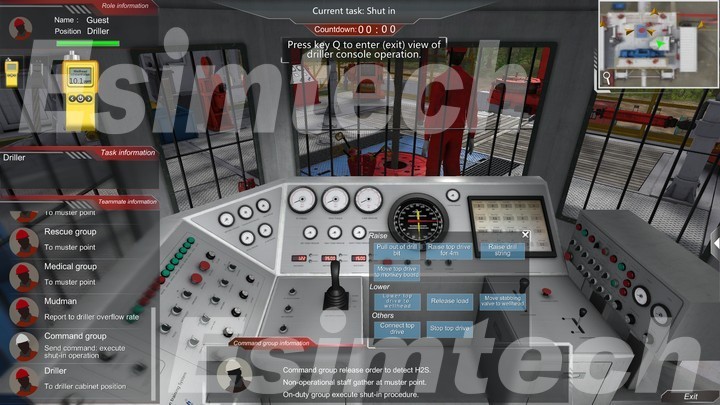
Final Thoughts
To sum up, ensuring the long-term integrity of subsea wells requires a multi-faceted approach, combining cutting-edge technology, proactive maintenance, and effective risk management strategies. Through using intelligent well systems, continuous surveillance, and adopting innovative technologies, the oil and gas industry can ensure the reliability and safety of subsea wells over their full lifecycle. The implementation of these strategies will not only enhance the safety and efficiency of operations but also reduce environmental impact, ensuring the responsible management of subsea resources.

